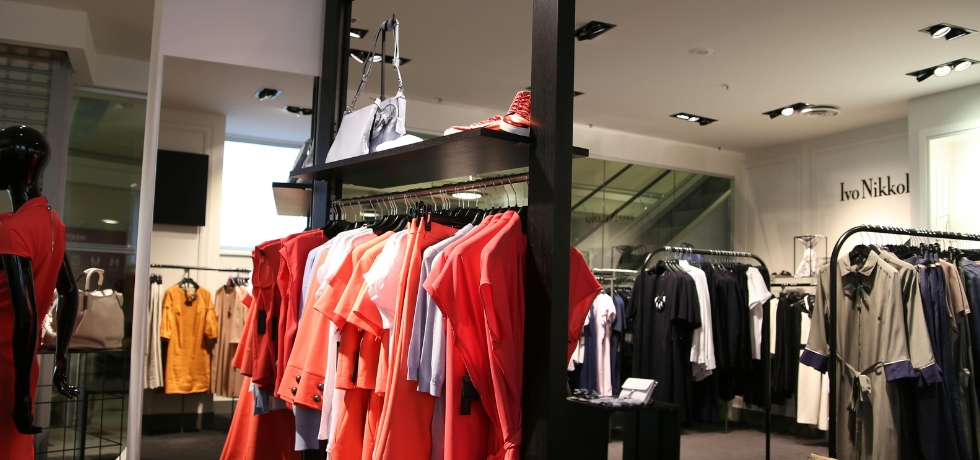Buy Online, Pick Up In Store (BOPIS) seemed like the golden bridge between digital convenience and physical engagement. Yet, recent data paints a puzzling picture: up to 42% of BOPIS orders are never picked up. This phenomenon, dubbed Click-and-Mortar Ghosting, reveals a troubling friction point for retailers chasing omnichannel success. But why are shoppers ghosting their own orders—and what can be done about it?
The Ghosting Gap: What the Data Tells Us
The appeal of BOPIS is intuitive: no shipping fees, immediate access to inventory, and flexible pickup. But a mix of behavioral shifts, logistical pain points, and operational missteps is eroding its promise.
Top reasons for BOPIS order abandonment include:
- Poor in-store signage or pickup experience
- Long wait times or staffing shortages at pickup counters
- Buyer’s remorse or impulse-order regret
- Lack of communication, such as unclear pickup instructions or missed notifications
This breakdown signals more than just forgetfulness—it’s a systemic failure in user experience design and fulfillment strategy.
The Psychology Behind the Drop-Off
BOPIS blends two vastly different user mindsets: impulse-driven online browsing and deliberate in-person follow-through. When there’s a lag between purchase and pickup, the emotional urgency dissipates. A customer who buys a new kitchen gadget on Tuesday may feel indifferent by Friday.
Moreover, “effort perception” plays a critical role. If picking up a prepaid order feels as complex as traditional in-store shopping—searching for counters, waiting in line, interacting with undertrained staff—it undermines the time-saving value proposition.
This isn’t just a UX issue—it’s a retail margin killer. Ghosted BOPIS orders lead to clogged inventory, labor inefficiencies, and increased reverse logistics costs when refunds are eventually processed.
Strategic Fixes Retailers Can’t Afford to Ignore
- Dedicated BOPIS Zones with Express Service: Retailers must treat BOPIS like a product, not a feature. Clearly marked, fast-moving pickup areas—ideally with self-service lockers—can cut wait times and reduce drop-offs.
- Proactive, Multi-Channel Communication: Email isn’t enough. Retailers should use SMS, app push notifications, and geofencing to remind shoppers and trigger prep upon arrival. Real-time updates can guide customers to their orders effortlessly.
- Behavioral Nudges and Incentives: Offering loyalty points or limited-time discounts for same-day pickups can reinforce completion behavior. Some retailers have tested “pickup bonuses” with promising results.
- Dynamic Fulfillment Optimization: Using AI to determine whether a customer is likely to ghost—based on prior behavior, cart size, or time since order—can help decide whether to ship to store, hold in locker, or ship home instead.
Also read: The Psychology Behind Successful Retail Marketing Campaigns
Final Thoughts
Click-and-Mortar ghosting isn’t just a logistics hiccup—it’s a warning sign of misaligned expectations in omnichannel strategy. As digital and physical retail continue to converge, frictionless execution will be the competitive edge. Retailers who rethink the BOPIS experience through the lens of user behavior, real-time data, and operational agility will be the ones who turn ghosting into growth.
Tags:
Order FulfillmentRetail MarketingAuthor - Jijo George
Jijo is an enthusiastic fresh voice in the blogging world, passionate about exploring and sharing insights on a variety of topics ranging from business to tech. He brings a unique perspective that blends academic knowledge with a curious and open-minded approach to life.
